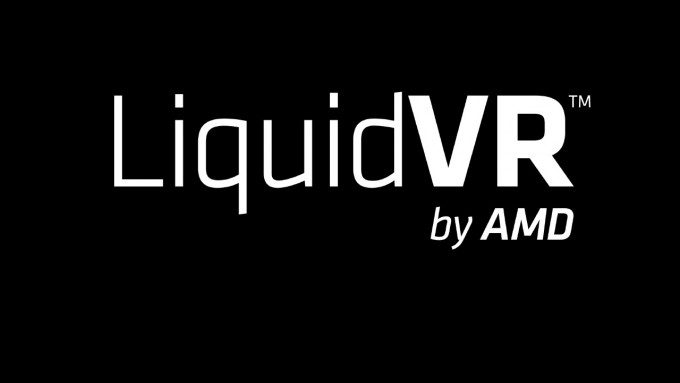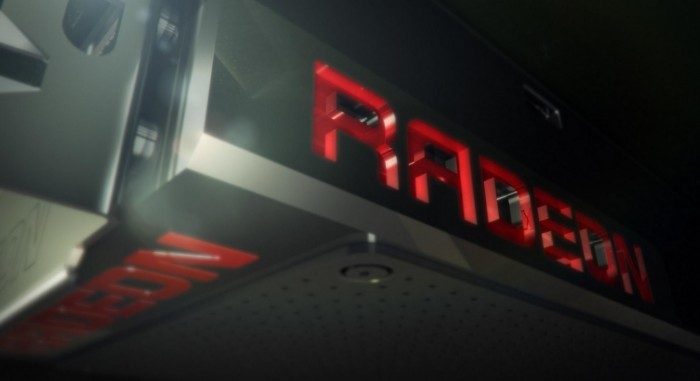AMD have announced the release of their latest Radeon software suite, snappily titled “Radeon Software Crimson ReLive Edition” and, among many other features, the new suite brings with it support for Oculus’ newly introduced VR performance enhancement feature Asynchronous Space Warp plus VR focused rendering features ‘MultiRes’ and ‘MultiView’.
AMD’s “Radeon Software Crimson ReLive Edition” is the latest version of the company’s software suite designed for AMD’s Radeon GPUs. This particular update is packed with new features, including ‘ReLive’ – live video game capture and sharing, ‘Radeon Chill’ – an input rate linked power saving frame rate limiter and enhancements to AMD’s open variable frame rate technology Freesync.
For AMD VR users however, especially those rocking Oculus Rift headsets, the most interesting addition is official support for the platform’s Asynchronous Space Warp performance enhancement. Unveiled at this year’s Oculus Connect developer conference by company CEO Brendan Iribe, ASW is the evolution of ATW (Asynchronous Time Warp) allows judder reducing frame warping for both translational (side to side) and rotational (turning) head movements. The upshot of the announcement was that Oculus declared it’s minimum hardware specification could be dropped.


Update Dec 8th 14:38 GMT: AMD have confirmed that ASW is at present supported only on 4xx AMD GPU chipsets.
As well as ASW, the latest LiquidVR (the company’s VR focused API suite) suite included with the Crimson ReLive release adds two more important VR rendering features, MultiView and MultiRes. MultiView is AMD’s equivalent of NVIDIA’s SMP (Simultaneous Multi-projection) which greatly enhances efficiency when rendering stereoscopic scenes (which of course all desktop VR headsets do). MultiRes is equivalent to NVIDIA’s Multi-res Shading, a performance optimisation which reduces detail of the rendered view the further towards the edge of a user’s field of view. Both will be important performance enhancements as the costs of entry for VR capable PC hardware drops.
The latest Radeon release with the latest LiquidVR is an important milestone for the company, keeping its core VR performance featureset competitive with NVIDIA’s as we approach the second year of high fidelity PC based consumer virtual reality. AMD card owners can grab the latest software from here.

